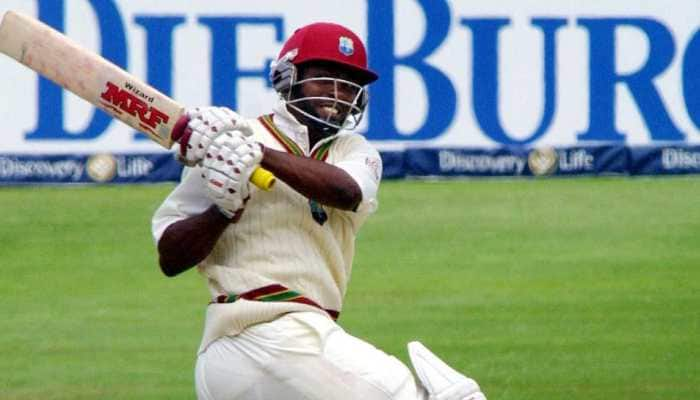Hot Spot inventor wants Snickometer to be used as backup for winter Ashes
The inventor of the Hot Spot technology, which played a central role during the first two Ashes Tests, has called for his refined Snickometer to be a part of the controversial Decision Review System (DRS) in time for the winter Ashes in Australia.
Trending Photos
)
London: The inventor of the Hot Spot technology, which played a central role during the first two Ashes Tests, has called for his refined Snickometer to be a part of the controversial Decision Review System (DRS) in time for the winter Ashes in Australia.
According to the Guardian, Warren Brennan, the founder of the Australian company behind Hot Spot, BBG Sports, is planning to persuade the ICC that a combination of infra-red and audio technology can almost eliminate doubt about whether a batsman has edged the ball, either on to his pads or for a catch.
The report further said that Brennan`s English partner, Alan Plaskett, has developed what is called Real Time Snicko (RTS), an improvement on the previous technology which furnishes the third umpire with details within seconds rather than minutes.
Stating that his company has tested RTS in the ICC Champions Trophy, the New Zealand series and the Ashes, Brennan said that RTS in combination with Hot Spot comes very close to being accurate, adding that RTS, instead of Hot Spot, revealed a contact with the bat when Ashton Agar edged a ball at Lord`s.
According to Brennan, `Snicko` is a second reference point for the third umpire and one which he would now be able to access within ten seconds of an appeal, adding that he hoped that the ICC will make it a part of the DRS before the first Test of the winter Ashes series began in Brisbane on 21 November.
The report said that the ICC is reluctant to make a financial investment in Hot Spot given that the four-camera system is expensive and costs around 7,500 pounds a day, three times more than RTS, with Brennan saying that ICC would hesitate to put money into the technology as long as India holds out against DRS.
The report also said that the thermal image on Hot Spot, which is the result of the friction created when a ball makes contact with a bat, has been better for spinners with their rotating deliveries than quicker bowlers as it can provide confusing images in the late afternoon because of reflections thrown as the sun drops.
Stating that the RTS would be the perfect compliment to Hot Spot because of the fact, Brennan also said that the technology is good for fast bowlers because it detects the faintest of nicks, with the wicket-keeper standing back, adding that manufacturers` logos like metallic reflective stickers would not confuse RTS like it does Hot Spot.
ANI
Stay informed on all the latest news, real-time breaking news updates, and follow all the important headlines in india news and world News on Zee News.
Advertisement
Live Tv
Advertisement







)
)
)
)
)
)
)
)
)
)
